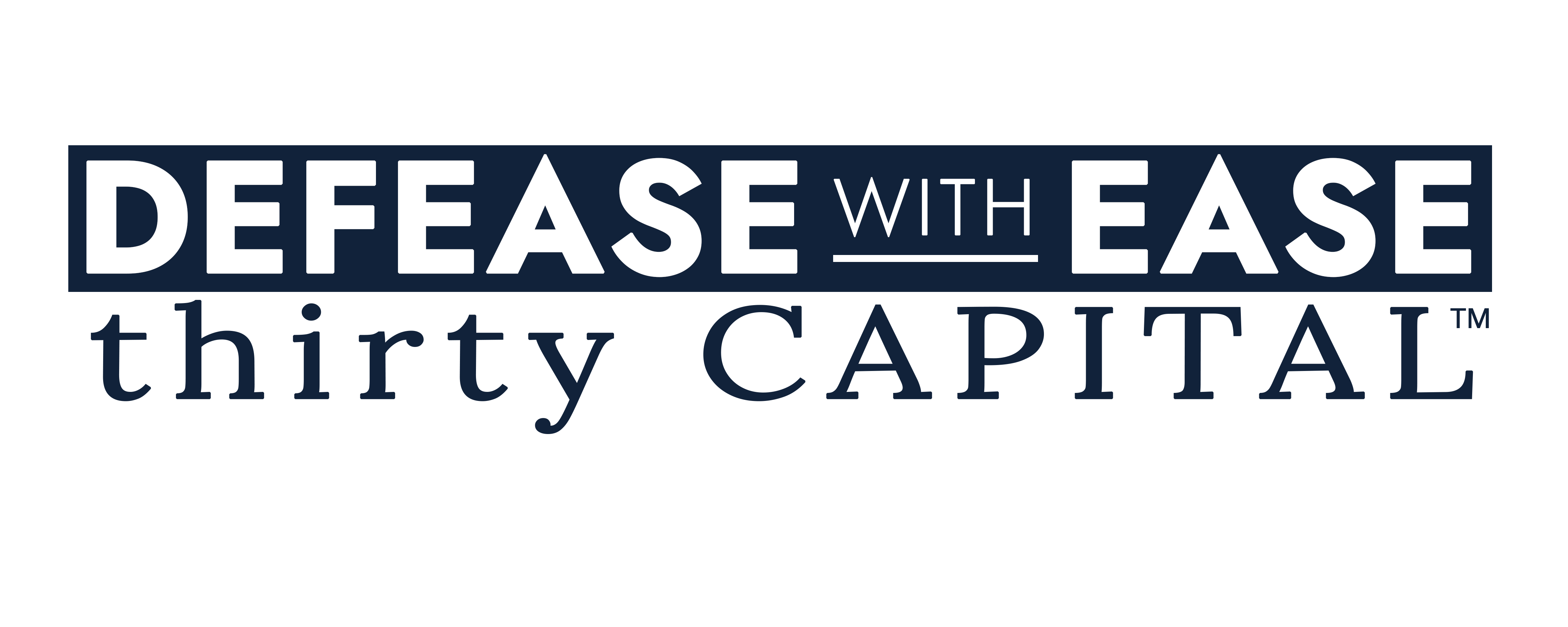For rising commercial real estate (CRE) professionals, mastering debt is more than a necessity—it’s a core lever for strategic growth. In most roles, whether in asset management, a family office, or an investment platform, debt often represents the largest financial commitment and the most influential factor in shaping returns.
While traditional finance education often emphasizes equity, valuation, and asset classes, debt strategy is where deals are won or lost. The next generation of owners, investors, and decision-makers must approach debt not just as a funding mechanism, but as a dynamic tool for risk mitigation, growth, and long-term portfolio performance.
Below are just a few things you should know about CRE debt.
Need clarity on any of the terms mentioned below? Explore our glossary for clear, concise definitions of key concepts in CRE debt strategy.
1. Debt Isn’t One-Size-Fits-All
CRE loans are not commodities. They vary significantly by:
- Lender type (bank, debt fund, life co, agency, CMBS)
- Structure (fixed vs. floating, recourse vs. non-recourse)
- Term, amortization, and covenants
- Flexibility and optionality (extensions, prepay penalties, assumptions)
Selecting the appropriate debt structure enables better alignment between financing terms and the asset’s business plan, supporting flexibility and resilience. Misalignment can result in refinancing risk, cash flow mismatches, or limited repositioning flexibility.
Common Tools:
- Loan comparison matrix
- Debt structure scenario model
- Term sheet evaluation checklist
Example:
A multifamily sponsor financed a stabilized property with a short-term bridge loan that lacked extension options. When market conditions tightened, they were forced to refinance into a higher-rate loan, eroding expected returns. A fixed-rate, longer-term loan would have provided more breathing room and stability.
Key Tactic:
Build a financing strategy that aligns loan structure with your forecasted hold period. Rather than focusing solely on interest rates, prioritize features like extension options and repayment flexibility that support long-term strategy.
2. The Market Moves Faster Than You Think
Interest rates and credit conditions can shift rapidly, often outpacing changes on the equity side of the transaction. Failing to recognize these trends can lead to forced refinancings or fire-sale exits.
Common Tools:
- Rate cap tracking dashboard
- Debt maturity and interest rate exposure tracker
- DSCR and refinance risk stress test model
Example:
In 2022, borrowers with floating-rate debt saw spiking costs due to rapid SOFR increases. Those without rate caps faced margin calls, covenant breaches, and rising distress.
Key Tactic:
Build a debt maturity and interest rate exposure tracker across your portfolio. Use it to identify future risks 12–18 months in advance and take preemptive action.
3. Debt Structures Influence Exit Outcomes
Loan structures directly impact exit flexibility. Restrictive terms can hinder otherwise viable sales or refinancings and even prevent otherwise lucrative exits.
Common Tools:
- Prepayment penalty and yield maintenance calculator
- Loan assumption viability model
- Exit sensitivity table
Example:
A retail asset with a 10-year CMBS loan had strong sale interest in year four, but a $1.2M defeasance cost and no assumption rights killed the deal. The owner missed a prime market window.
Key Tactic:
During loan origination, build a ‘downside’ scenario around potential sale/refi windows. Negotiate for prepayment flexibility and assumption rights during loan origination to preserve exit options.
4. You Don’t Have to Go It Alone
New investors often treat debt as a static, one-off process. Experienced sponsors often engage with debt advisors early to structure terms that enhance both flexibility and returns.
Common Tools:
- Debt advisory RFP template
- Covenant term comparison sheet
- Capital stack optimization model
Example:
A first-time sponsor leaned on a debt advisor to structure a mezzanine layer that reduced equity requirements and improved project IRR. Without advisory input and an understanding of market conditions, they would have accepted an unnecessarily conservative capital stack.
Key Tactic:
Partner with an experienced debt advisor before reaching term sheet stage. Use their knowledge of lender behavior and market terms to extract better structure, not just pricing.
5. Technology is Your Competitive Edge
For the next generation of CRE professionals, technology will be essential for tracking debt compliance, automating workflows, and mitigating portfolio risk at scale.
Common Tools:
- Lobby CRE (asset and debt management platform)
- Refinance and prepay scenario simulator
- Centralized loan repository + KPI integration
Example:
An emerging sponsor used Lobby CRE to centralize loan information and documents, proactively monitor maturity timelines, and generate strategic debt scenarios. They executed on a forward-starting rate cap and saved $250,000.
Key Tactic:
Treat your debt dashboard as a strategic control center. Centralize loan data, integrate with asset performance KPIs, and build repeatable workflows for portfolio-wide monitoring.
Final Thought: Build the Muscle Early
Treat debt strategy as a core competency, not a back-office task. The earlier you build this expertise, the more effectively you can scale your portfolio and navigate risks. The earlier you start understanding its nuance, the faster you’ll accelerate your impact.
At Defease With Ease | Thirty Capital, we empower next-generation CRE leaders to master debt—from structuring your very first deal to managing portfolios exceeding $100M. Whether you have debt-related questions or want to sign up for a course, we’re here to guide the way.





